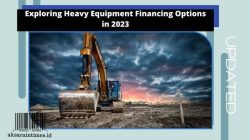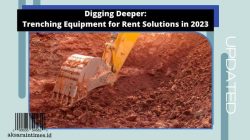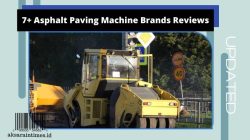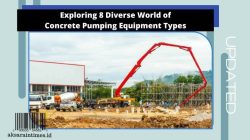Wheel Loader Best Practices – Wheel loaders are powerful machines used in a variety of industries, from construction and mining to agriculture and forestry.
These versatile machines are essential for moving heavy materials and can significantly impact a project’s efficiency, safety, and performance.
To harness the full potential of wheel loaders, it’s crucial to master best practices that enhance their operation.
In this article, we will delve into the world of wheel loaders and explore the key factors for achieving peak efficiency, safety, and performance.
Wheel Loader Best Practices – Understanding Wheel Loaders
Before delving into best practices, it’s important to have a solid understanding of what wheel loaders are and how they function.
Wheel loaders are heavy equipment machines equipped with a front-mounted bucket and a pair of articulated arms.
These machines are primarily used for scooping, loading, and transporting materials such as dirt, gravel, sand, and more.
Wheel loaders come in various sizes and configurations, allowing them to perform a wide range of tasks.
Efficiency
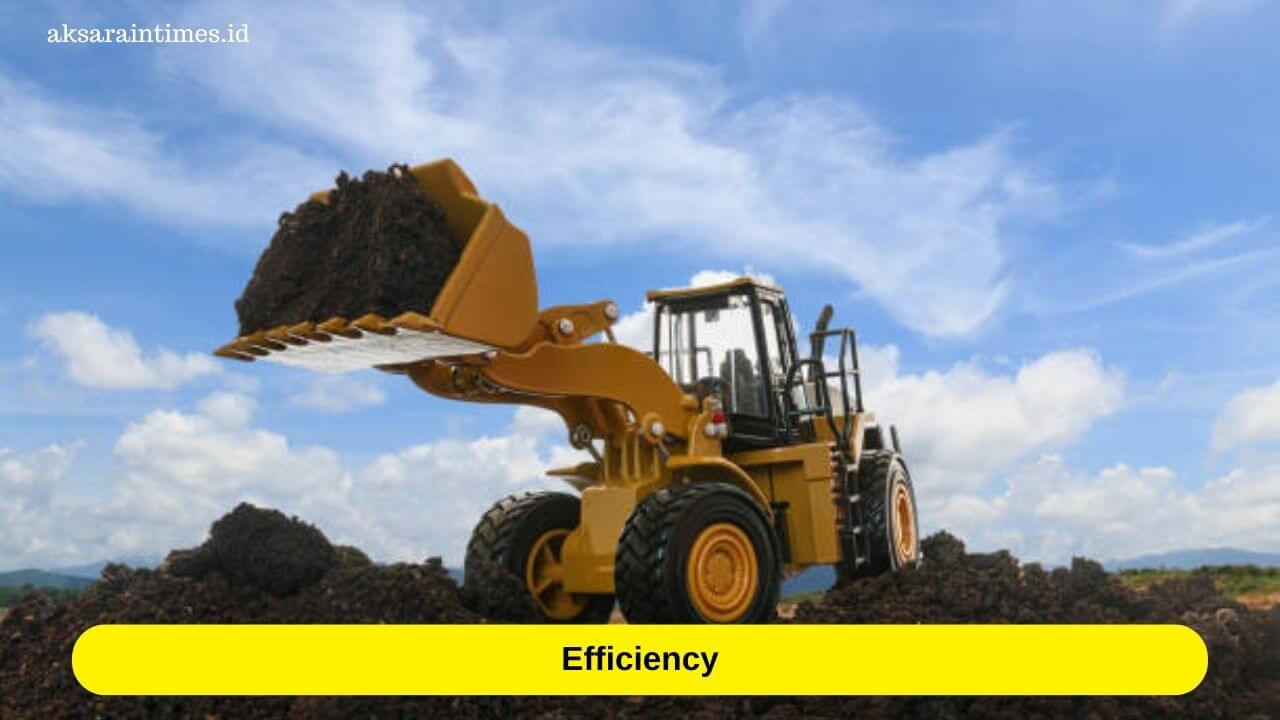
Efficiency is a critical aspect of any wheel loader operation. Maximizing efficiency not only reduces operating costs but also enhances productivity.
Here are some Wheel Loader Best Practices to ensure efficiency in wheel loader operations:
1. Proper Equipment Sizing
The first Wheel Loader Best Practices is selecting the right-sized wheel loader for the job is essential.
An oversized loader can lead to increased fuel consumption and unnecessary wear and tear on the machine.
Conversely, an undersized loader may not handle the workload efficiently, resulting in slower operations.
Evaluate the specific requirements of your project to determine the appropriate loader size.
2. Routine Maintenance
The second Wheel Loader Best Practices is regular maintenance is crucial to keeping wheel loaders running efficiently
Establish a maintenance schedule that includes tasks such as oil changes, filter replacements, and inspection of hydraulic systems.
Well-maintained loaders experience fewer breakdowns and operate at peak performance.
3. Operator Training
Invest in operator training to ensure that your team knows how to operate the wheel loader optimally.
Proper training can lead to more precise and efficient material handling, reducing cycle times and fuel consumption.
Operators should be familiar with the machine’s controls and understand the importance of smooth and controlled movements.
4. Load Management
The fourth Wheel Loader Best Practices is Load Management.
Efficient load management is key to maximizing productivity.
Avoid overloading the bucket, as this can strain the loader’s engine and hydraulics.
It’s also essential to distribute loads evenly and secure them to prevent spillage during transport.
Safety

Safety should always be a top priority when operating wheel loaders.
These machines are powerful and can pose significant risks if not used correctly.
Here are some best practices to ensure safety in wheel loader operations:
1. Operator Training and Certification
Operator training and certification are fundamental elements of ensuring safe and efficient operation of heavy equipment such as wheel loaders.
Proper training equips operators with the knowledge and skills needed to handle complex machinery and understand safety protocols.
Certification programs typically involve a combination of classroom instruction, hands-on training, and practical assessments to evaluate an operator’s competency
Certified operators are more likely to operate equipment in accordance with best practices, reducing the risk of accidents and equipment damage.
Ongoing training and certification renewal are essential to keep operators up-to-date with the latest industry standards and safety regulations, contributing to a safer and more productive work environment.
2. Clear Visibility
Maintain clear visibility from the operator’s cab by keeping windows clean and unobstructed.
Modern wheel loaders often come equipped with advanced visibility features, such as backup cameras and proximity sensors, to enhance safety.
3. Speed Control
Encourage operators to maintain safe speeds, especially when navigating uneven terrain or congested work areas.
Speeding can lead to accidents, rollovers, or loss of control.
Operators should also adhere to speed limits and signage on job sites.
4. Communication
Establish effective communication protocols on the job site.
Operators should be in constant communication with ground personnel and other equipment operators.
Hand signals, radios, or other communication devices can help coordinate movements and prevent accidents.
Performance

Performance is the ultimate measure of a wheel loader’s effectiveness.
To achieve optimal performance, consider the following best practices:
1. Terrain Assessment
Terrain Assessment is one of Wheel Loader Best Practices.
Terrain assessment is a critical step before initiating any heavy equipment operation, including wheel loader activities.
Evaluating the terrain involves analyzing the ground conditions, including factors like slope, stability, and potential obstacles.
Understanding the terrain helps operators make informed decisions about where and how to operate the wheel loader safely and effectively.
Terrain assessments can also help identify potential hazards and allow for proper mitigation measures to be put in place, enhancing overall job site safety.
By considering the terrain carefully, operators can optimize their routes, reduce the risk of accidents, and ensure that the wheel loader performs at its best on stable and suitable ground.
2. Material Selection
Choose the right type of bucket and attachments for the materials you’ll be handling.
Different buckets are designed for various materials, such as loose soil, rocks, or snow. Using the appropriate bucket can significantly improve performance.
3. Fuel Management
Monitor fuel consumption and implement fuel-efficient practices. This includes reducing idling time, optimizing travel routes, and operating the machine at the appropriate engine speed for the task at hand.
4. Data Monitoring
The last The first Wheel Loader Best Practices is Data Monitoring.
Modern wheel loaders frequently feature advanced telematics and data monitoring systems as standard equipment, providing operators and managers with valuable insights into machine performance.
These telematics systems enable the tracking of various key metrics, including fuel consumption, engine health, and maintenance needs, in real-time.
By diligently using these tools, operators and fleet managers can gain a comprehensive understanding of how wheel loaders are operating on a day-to-day basis.
Analyzing the collected data allows for the identification of trends, inefficiencies, or areas for improvement, facilitating data-driven decision-making.
Leveraging telematics and data monitoring not only optimizes operations but also helps extend the lifespan of wheel loaders by addressing maintenance needs promptly, reducing downtime, and ultimately contributing to cost savings.
Conclusion
In conclusion, mastering wheel loader best practices is essential for achieving efficiency, safety, and performance in various industries.
By selecting the right equipment, maintaining it properly, providing operator training, and implementing safety measures, you can harness the full potential of wheel loaders and contribute to the success of your projects.
Whether you’re involved in construction, mining, agriculture, or any other industry, following these best practices will lead to better outcomes and a safer work environment.

